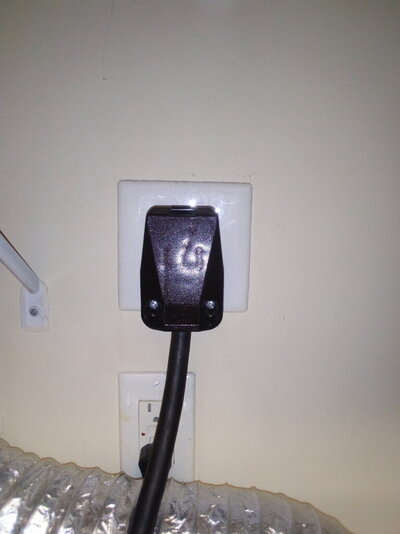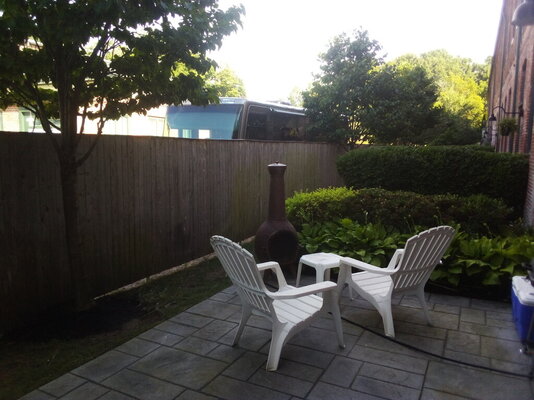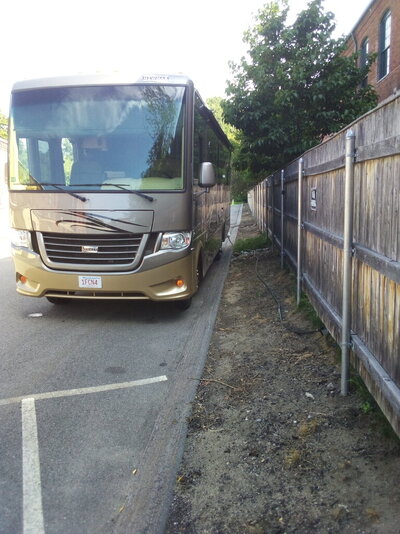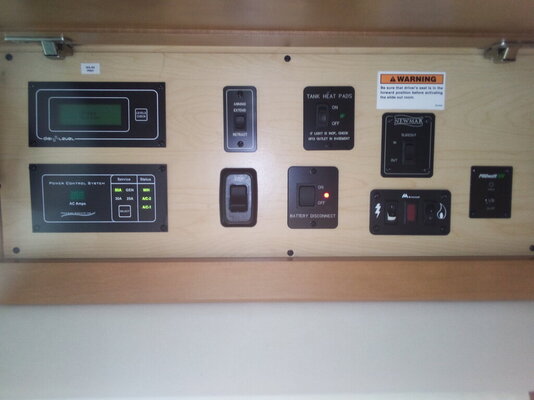DonTom
Well-known member
I have no clue how dryers were designed back in the 1950's. Perhaps the entire drier then ran from 240 VAC unlike today where they usually have a 120VAC motor and 240 VAC heating element.Depending on how far you want to go back, in the mid 1950's when I was wiring houses with my father, the ground and neutral was run as a single conductor from the panel.
-Don- Medford, OR




